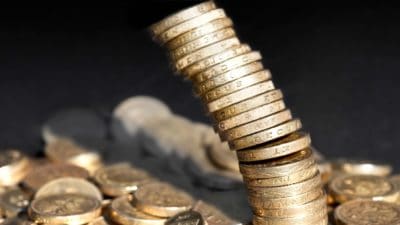Next Thursday, 6 February, will bring us the second set of full-year results from AstraZeneca (LSE: AZN) (NYSE: AZN.US) since new chief executive Pascal Soriot took the helm.
He came on board at a time when the pharmaceuticals giant was struggling with some of its key drugs falling off the so-called patents cliff, and was not doing too well on the biotech acquisition front.
Refocus
Since then, the company has been on a programme of focusing on its key strengths, beefing up its drug pipeline, and getting back to earnings growth — earnings per share (EPS) fell in 2012 for the first time in years, and there are further falls forecast for 2013 and the following two years.
So how are things going? Well, Mr Soriot appears to have been the proverbial new broom that AstraZeneca needed, and things were starting to look good by the time the firm updated us on its progress on 14 January.
Strengthening pipeline
At the time, we heard that AstraZeneca had “made good progress in accelerating and replenishing its portfolio in its three core therapeutic areas of oncology; cardiovascular/metabolic disease; and respiratory, inflammation and autoimmune diseases“.
The firm’s late-stage pipeline had almost doubled its Phase-III prospects since a year previously, with 11 such programmes in place, and that was backed with 27 Phase-II programmes.
Quick return to growth?
The acquisition of Bristol-Myers Squibb’s share of the two companies’ diabetes alliance should be complete in the first quarter of 2014. And that, along with that strengthening pipeline, has led AstraZeneca to expect a return to growth more quickly than analysts’ forecasts at the time.
Prior to that, forecasts were suggesting EPS of around 300p for 2013, for a fall of more than 20%, and we had falls of 8% and 2% penciled in for 2014 and 2015 respectively.
So is AstraZeneca hinting at earnings growth in 2015? Let’s hope we get some quantification of that “earlier than analyst consensus” with next week’s results.
What price?
Meanwhile, the latest optimism has given the share price a boost, and at 3,838p it’s now up more than 25% over the past 12 months — and forecasts still are suggesting dividend yields of 4.4%.
But with the shares on a forward P/E of 14.4 as far out as 2015, are the shares too expensive now? Probably not, but they’re not the bargain they were a few months ago.








